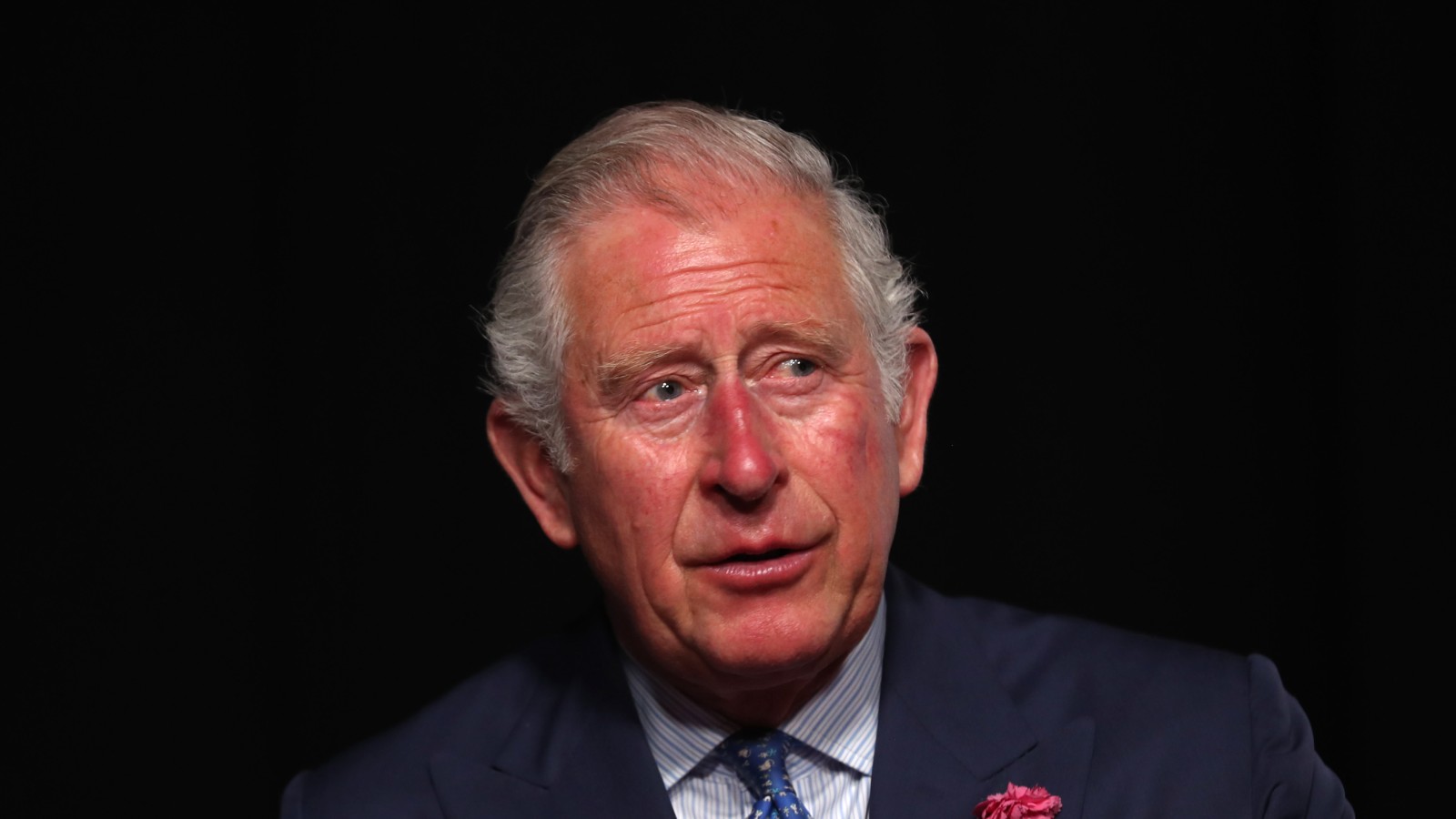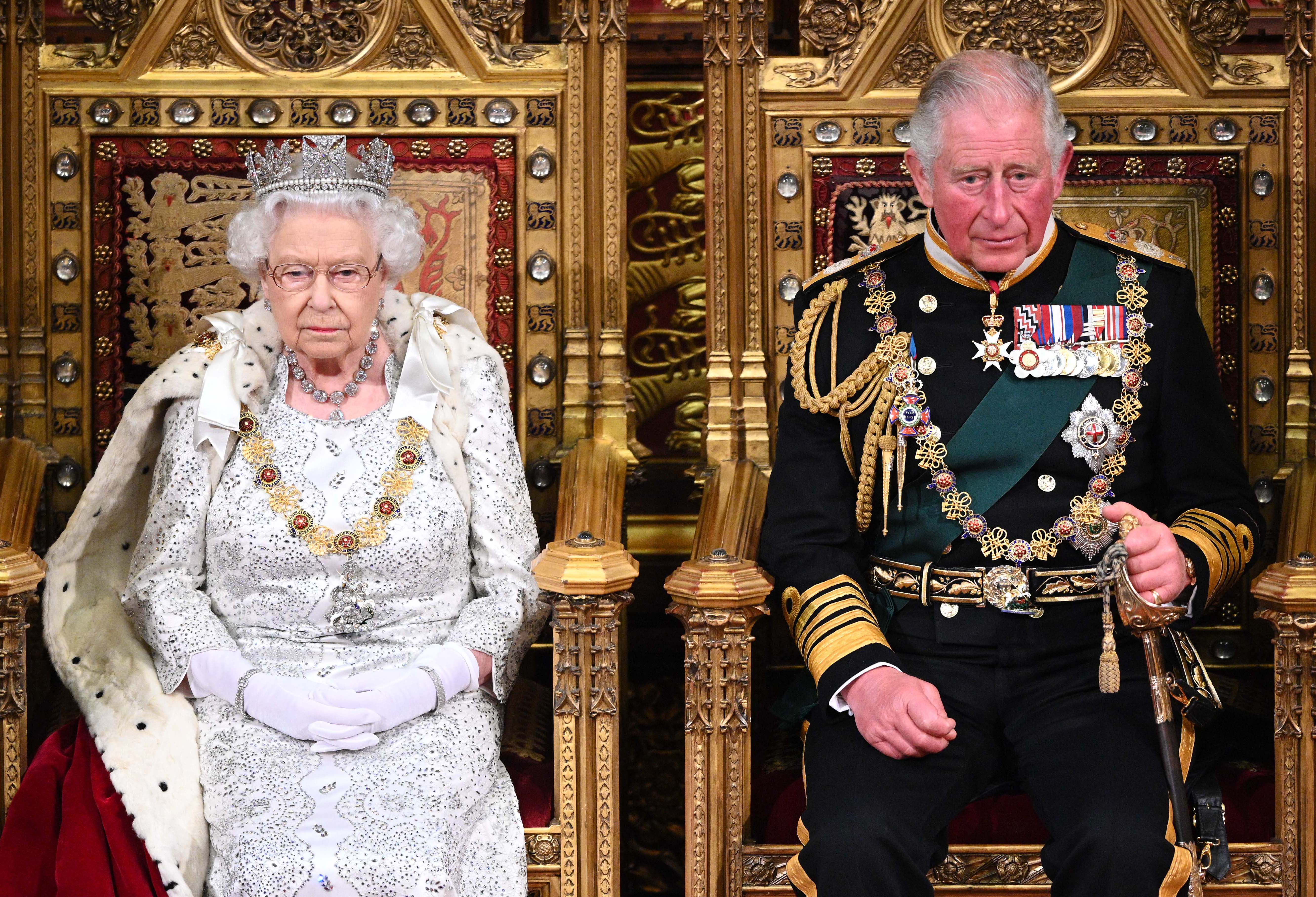Why Prince Charles' red cheeks could signal this chronic health condition
Prince Charles' red cheeks have long been the subject of royal speculation


Prince Charles' red cheeks have long been a key feature of his rosy complexion, but they could also point to a common—and sometimes embarrassing—health condition.
- Prince Charles' red face has been the source of much speculation over the years, with many royal fans wondering why the future King often looks so flushed.
- The Prince of Wales has never spoken about his red cheeks publicly, but there's plenty of theories to explain just why they might be happening.
- In other royal news, the Queen's harsh words about Camilla during Prince Charles argument revealed.
Prince Charles has been snapped looking red-faced on multiple occasions throughout his career, with his cheeks often bearing the brunt of the uncontrollable blushes.
These flare-ups date back to his wedding to Princess Diana in 1981 and have unfortunately continued to afflict him to this day. Royal fans have been quick to point out his red cheeks over the decades, with many sharing their (unproven) theories as to why he appears so ruddy. They also haven't held back when it comes to the rest of his body, taking to Twitter to ring the alarm about Prince Charles' swollen 'sausage' fingers back in August. Now that's what we can concern.
While many attribute scarlet cheeks to feelings of embarrassment or shame, they can also be caused by underlying physiological factors. Contrary to popular belief, however, a red face does not necessarily mean a person has high blood pressure.

Prince Charles looking red-faced next to the Queen during the State Opening of Parliament at the Palace of Westminster on October 14, 2019
"Flushed or red skin comes as a result of blood vessels opening and blood rushing to the surface," explains Dr. Ioannis Liakas, Medical Director at Vie Aesthetics in London. "This can be due to a number of reasons including overheating, feeling anxious or embarrassed, from drinking alcohol or from skin conditions like rosacea."
Prince Charles, now 72, may also be at a higher risk of this redness because of his advanced age.
"Older people tend to notice this more frequently because as we grow old, we produce less collagen and elastin which means the connective tissues in our skin weaken and blood vessels are allowed to expand further," adds Dr. Liakas.
Sign up for the woman&home newsletter
Sign up to our free daily email for the latest royal and entertainment news, interesting opinion, expert advice on styling and beauty trends, and no-nonsense guides to the health and wellness questions you want answered.
Luckily, it appears that Prince has seen some promising improvements in these pesky royal flushes in recent weeks. Despite following a busy schedule at the COP26 climate summit in Scotland and worrying about the Queen's 'fragile' condition, Charles' redness was noticeably softer in photos and videos from his latest engagements.
A post shared by Clarence House (@clarencehouse)
A photo posted by on
It's possible that the future King has implemented some tactical measures to achieve this fresher look, such as slathering on the SPF and avoiding irritating skin products.
"The sun can be a powerful trigger for most people’s skin, so protection is key," explains Dr. Kaywaan Khan, Medical Director at Hannah London.

Hailing from the lovely city of Dublin, Emma mainly covers the Royal Family and the entertainment world, as well as the occasional health and wellness feature. Always up for a good conversation, she has a passion for interviewing everyone from A-list celebrities to the local GP - or just about anyone who will chat to her, really.
Emma holds an MA in International Journalism from City, University of London, and a BA in English Literature from Trinity College Dublin.
-
 Do you know what your stems are saying? These are the most popular flowers and what they symbolise
Do you know what your stems are saying? These are the most popular flowers and what they symboliseI break down different flowers and what they symbolise so that you can say more whilst speaking less with a truly beautiful bouquet
By Laura Honey
-
 Celebrities who built their looks around a simple, timeless white shirt
Celebrities who built their looks around a simple, timeless white shirtA white shirt should be in every woman's wardrobe - and these celebrities prove all the ways to expertly style one
By Jack Slater